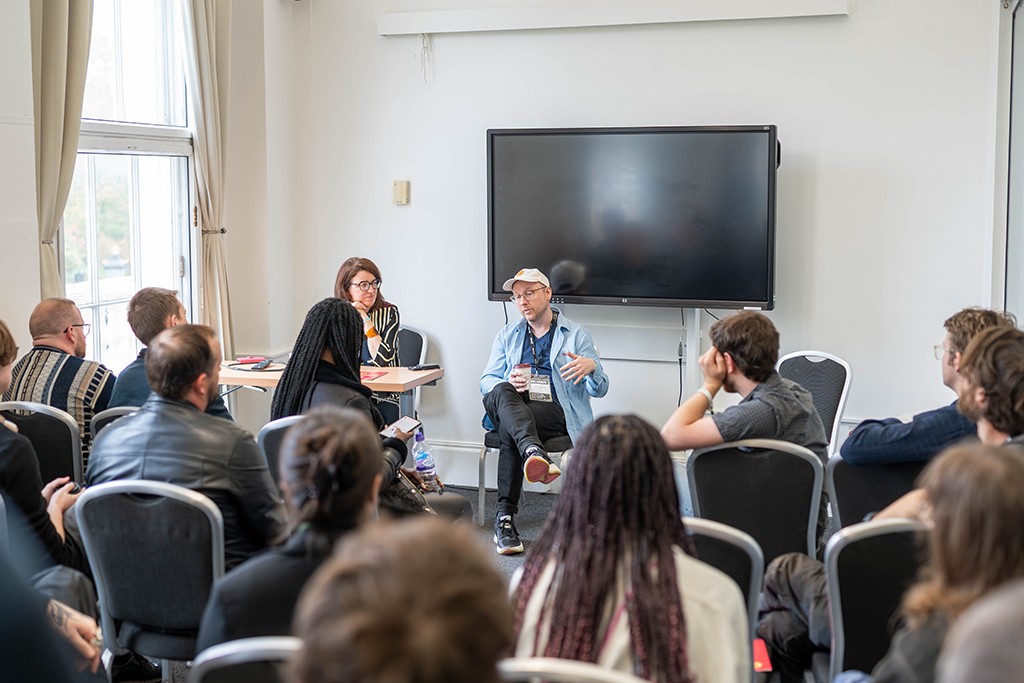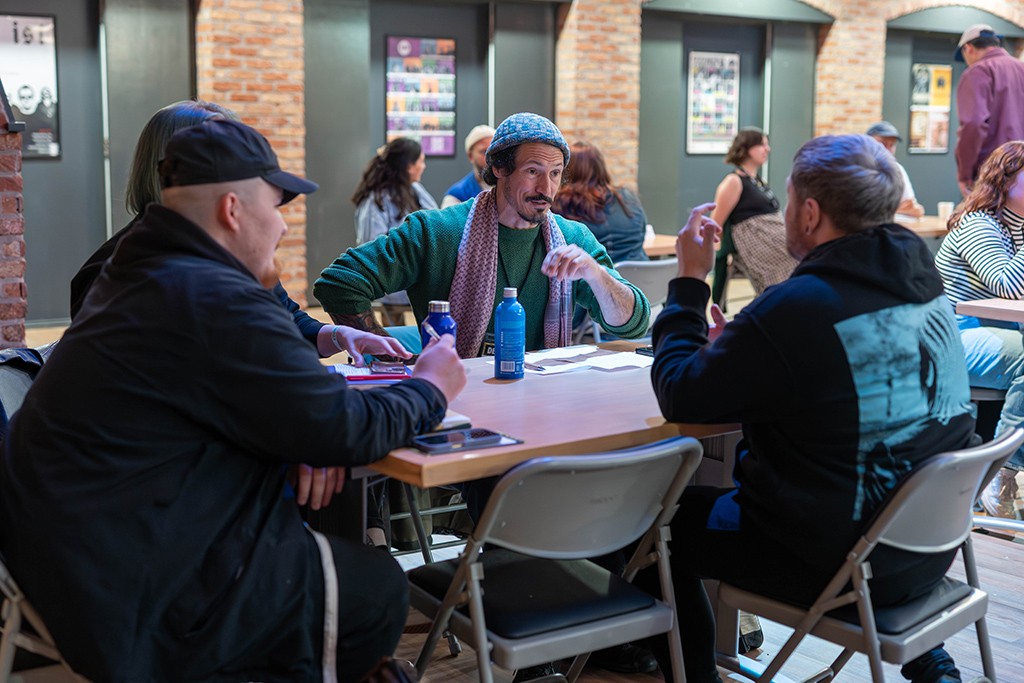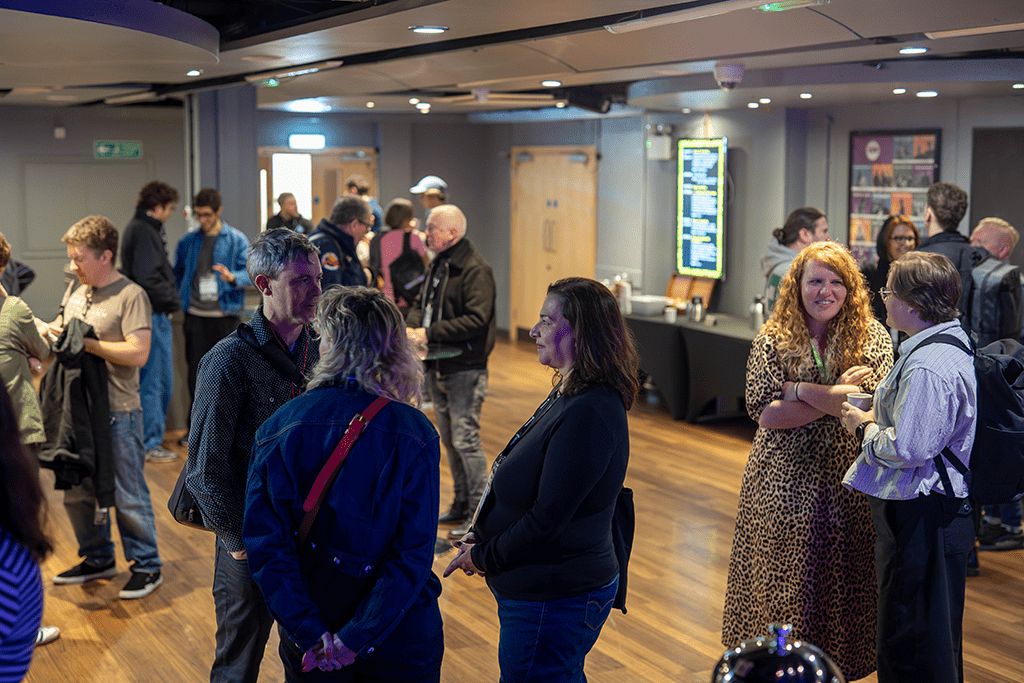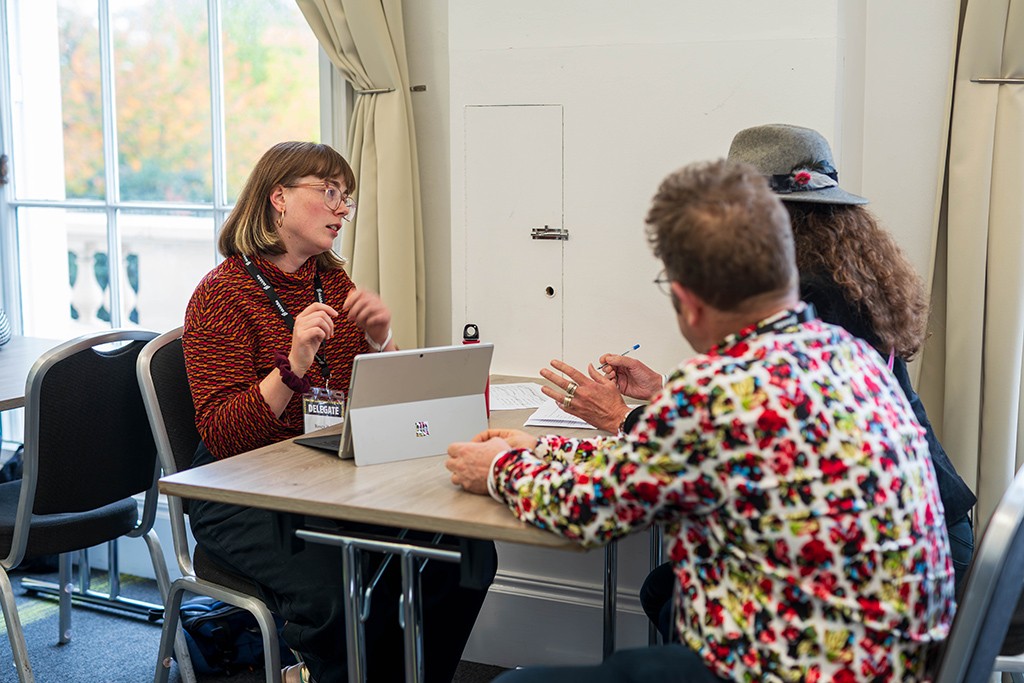
15 Oct Planning Networking Events That Spark Real Connections
In a world full of name tags, business cards, and LinkedIn connections, the most successful networking events are the ones that go deeper. It’s no longer enough to simply get people in a room together and hope for the best. Today’s attendees crave genuine connection, valuable conversation, and memorable experiences. It’s your job as an event organiser to make this happen.
Thoughtful planning can turn an ordinary gathering into an opportunity for real relationship-building. Here’s how to master the art of networking and design events that actually connect people.
1. Start With Purpose
Every successful event begins with a clear goal and networking events are no different. Ask yourself:
- Are you helping people find new clients or collaborators?
- Are you connecting different departments or industries?
- Are you creating a space for mentorship or thought leadership?
Having a defined purpose helps you structure the event and communicate its value to your attendees. When people know why they’re there, they engage with more intention, and that’s when real connections happen.
Tip: Share your event’s purpose clearly in invitations, signage, and opening remarks to set the tone from the start.
2. Choose the Right Format
Gone are the days of awkward mingling with warm wine and no direction. The best networking events strike a balance between structure and spontaneity, offering multiple ways for guests to interact.
Here are a few format ideas to consider:
- Speed Networking: Time-limited one-on-ones that encourage efficient introductions.
- Themed Tables or Zones: Group guests by industry, role, or interest.
- Fireside Chats or Panels: Give attendees something to bond over and discuss.
- Interactive Workshops: Get people working with each other, not just talking at each other.

Different people connect in different ways. Offering varied formats means you create inclusive opportunities for all personality types; extroverts, introverts, and everyone in between.
3. Design the Space for Flow and Conversation
Physical layout plays a critical role in how people interact at your event. If the space is too loud, too open, or too cramped, it can discourage meaningful exchanges.
Here’s what to keep in mind when designing your event layout:
- Small group areas encourage deeper chats.
- High tables or lounge seating create informal, relaxed vibes.
- Clear signage helps guests navigate spaces and avoid lingering awkwardly.
Pro tip: Avoid rows of chairs or overly formal seating. Networking is best done shoulder-to-shoulder, not front-to-back.
4. Facilitate the First Move
For many, the hardest part of networking is making that first introduction. Help your guests break the ice with subtle but powerful prompts:
- Name tags with conversation starters (“Ask me about…” or “I’m looking to connect with…”)
- Interactive entry activities like “connection cards” or goal boards.
- Hosts or ‘super-connectors’ to guide shy attendees and make introductions.
Why it matters: The more confident people feel walking in, the more likely they are to reach out and engage with others.
5. Provide Shared Moments
Shared experiences create bonding opportunities far beyond small talk. Incorporating elements that give people something to do or talk about can naturally spark interaction.
Ideas include:
- Live demos or performances
- Collaborative activities (like a group art piece or brainstorming wall)
- Food and drink pairings that encourage movement and conversation

Shared moments create shared memories. People are more likely to connect when they’re having fun, learning, or experiencing something new together.
6. Keep It Comfortable and Inclusive
The best networking events prioritise accessibility, comfort, and belonging. Not everyone thrives in a loud, high-energy environment so build moments of calm into your plan:
- Offer quiet zones or breakout spaces
- Cater for dietary needs and accessibility requirements
- Use inclusive language in your comms and signage
You’ll also want to ensure that your event attracts a diverse audience, with varied roles, backgrounds, and experiences. Diversity leads to richer conversations and broader opportunities.
Why it matters: Connection thrives when people feel seen, safe, and included.
7. Follow Up, Don’t Fade Out
The networking magic shouldn’t end when the lights go down. Keep the conversation going by giving guests tools to reconnect after the event.
- Send a thank-you email with a recap or photo gallery
- Share a LinkedIn or attendee list (with permission)
- Create a private group or hashtag to continue the dialogue online
Why it matters: Follow-up turns a single encounter into a relationship. Help your guests maintain the momentum you’ve created.

Looking for a venue to host your next networking event? At ISH Venues, we offer flexible spaces in central London perfect for connection-driven events.
Connection Is the New Currency
In our digital-first world, real human interaction is more valuable than ever. Great networking events foster community, collaboration, and opportunity. When people leave your event feeling seen, inspired, and connected, you’ve done more than plan a gathering, you’ve created a catalyst for growth.
Have you also read these articles?
Before You Book: Ask the Right Questions
The Ultimate Guide to Choosing the Right Venue for Your Event


